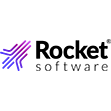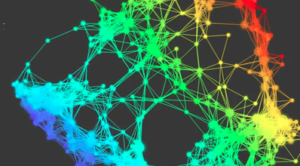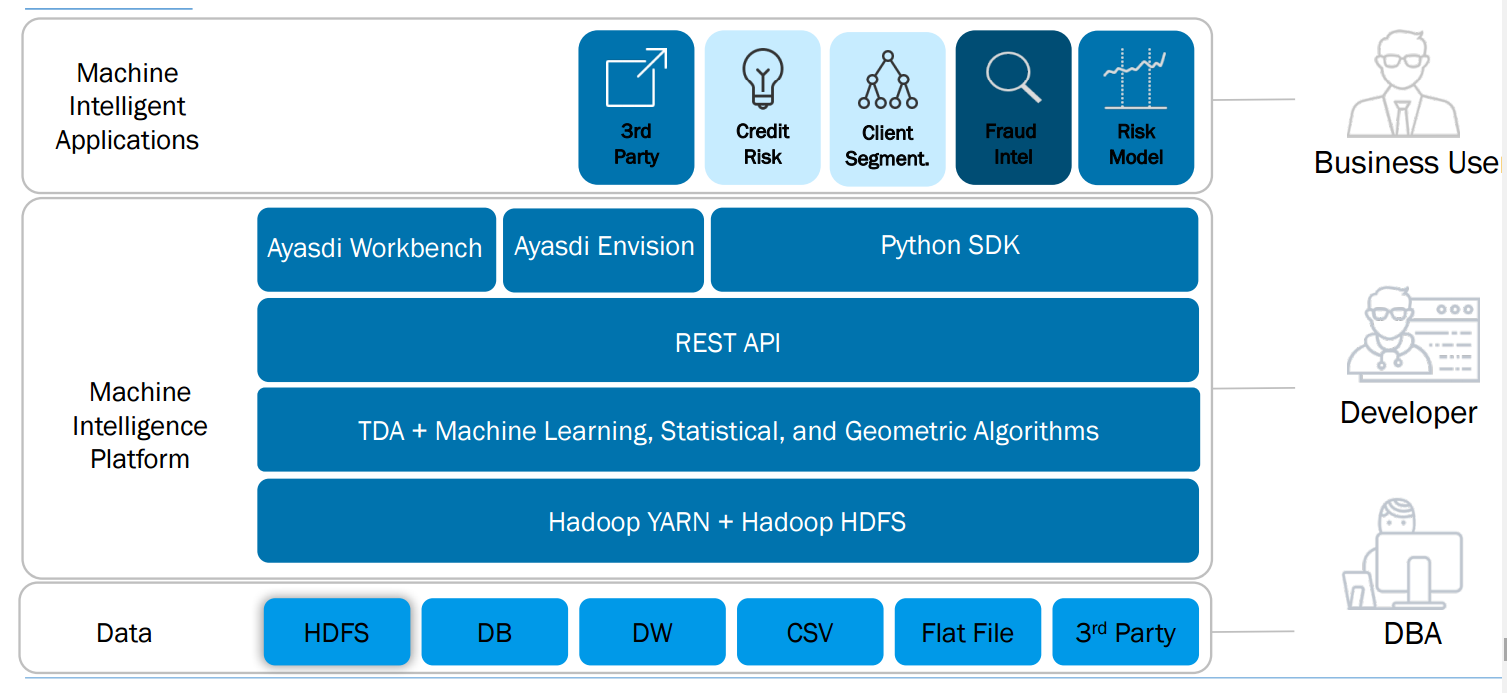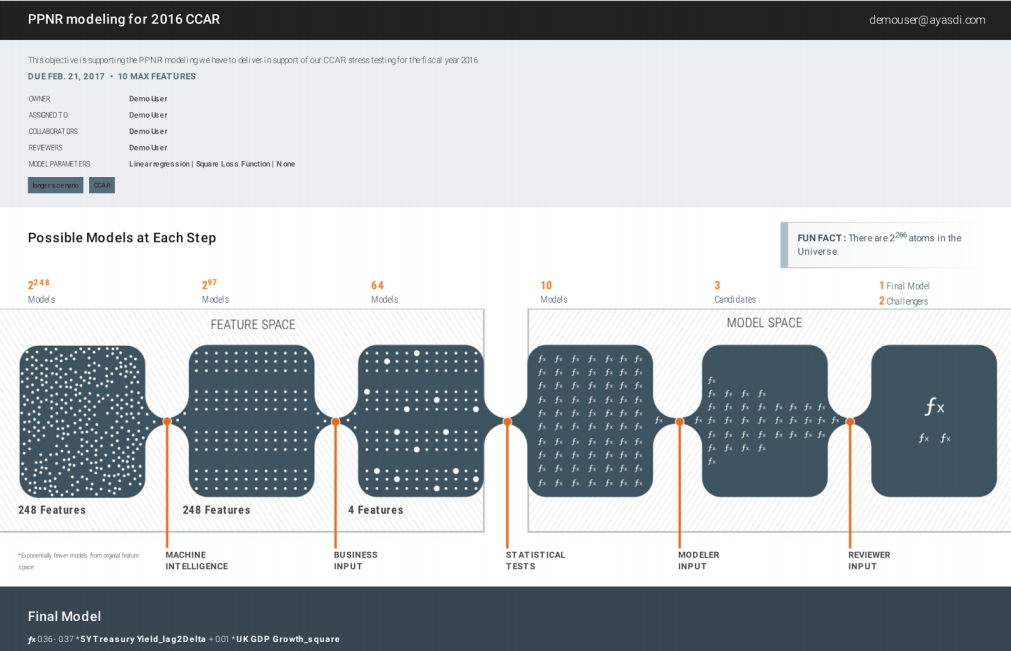
Ayasdi Seeks to Simplify Topological Data Analysis

As the only commercial provider of topological data analysis (TDA) software, Ayasdi is not inclined to share exactly how its powerful technology works. But the company is working to make the TDA application development process easier and more transparent with a pair of new offerings unveiled today.
Ayasdi’s path to fame (and over $100 million in venture funding) runs directly through the unique power of TDA to illuminate patterns hidden in data. While the use of unsupervised machine learning techniques for data discovery is fairly common, Ayasdi has taken it to new levels with its proprietary software.
Highly skilled data scientists are the most common users of the Ayasdi Workbench, which is where the company’s TDA algorithm goes to work against customers’ vast data sets. The product uses other machine learning algorithms as well, but it’s the TDA algorithm that’s responsible for Ayasdi’s growing reputation among Fortune 500 as a bit of a miracle worker when it comes to big data analytics.
However, that focus on data scientists is not necessarily conducive to success. Big data analytics is a team sport, and Ayasdi recognizes that customers want to empower business users with the capability to build machine intelligence into applications.
That’s the goal of the first of the company’s new products, called Envision. This Web-based product is designed to allow non-technical users to take the analytical insights generated by the Ayasdi Workbench and use them to generate Python-based applications.
“The idea is we’re making it very easy for somebody who’s familiar with an interactive Web based interface to go through an analytic workflow without being a data scientist,” says Ronaldo Ama, executive vice president of product and engineering at Ayasdi. “We’re making it very easy for somebody to understand how to write an analytic workflow without having to be a developer. It intimately connected to our platform and essentially allows us to expose the power of AI to just a regular customer.”

Where Ayasdi components fit into the big data stack
Envision presents users with a series of widgets that they use to build the application. For example, a marketing specialist would be given a choice to select “low churn” customers or “high churn” customers when designing a new application workflow that factors likelihood to churn into the equation. The data scientist does the hard work of crunching through the data to calculate churn predictions, leaving the Envision user to put the final workflow together in a way that makes sense for the business.
Keeping the analytical application process streamlined and relatively close to the actual business user helps to boost collaboration between the data scientists and the line of business, which speeds up the development process, saving time and money. It also helps to build trust between the data scientists wielding machine learning magic, and the businesses who are tasked with taking action with them.
“I don’t want people to toss this over to a development team that has to build an applciation that’s completely off and to the side,” Ronaldo says. “It has to be intimately connected to the AI platform so that it’s very fluid, and so you don’t have to go outside of your environment.”
Ayasdi’s second new product, Model Accelerator, is also designed to make things easier and more transparent, but in a different way, and for a different set of users.
One of the challenges of machine learning and deep learning is ensuring that models are developed in accordance with laws and regulations. Complexity in modeling is the enemy here, and that’s what Model Accelerator is helping customers to reel in.
“One of the things that will hold AI back in areas like healthcare and financial services, where it’s a regulated market, is you can’t have black box algorithms deployed around the organization,” says Jonathan Symonds, chief marketing officer for Ayasdi. “You need to have transparency. TPA is particularly well suited for creating this audit trail, a justification for why we’re doing things. That’s one of things we’re very keen about in our capability set.”
Ayasdi has built many applications on behalf of its customer, including fraud detection systems that save millions of dollars for a bank and healthcare systems that devise the best medical path for individual customers. Building these systems involve a lot of different components, which can complicate matters. But if they’re not built right, they won’t pass muster with regulators.

Model Accelerator helps users make sense of their data
Because the company has built so many of these predictive modeling systems over the years, it decided to package up its knowledge in the form of Model Accelerator. In this case, Model Accelerator is based heavily on the work Ayasdi did to help Citibank develop a system to help it pass the CCAR, or bank “stress test” conducted by the federal government.
“You can’t just [build a model] with 150 different variables. Even if you could, it would be very difficult to explain it to regulators,” Symonds says. “It’s very important to choose the right [variables] and it’s very important that there’s a collaborative workflow. The whole point there is to introduce transparency to the process and the models that are generated.”
Model Generator can also be helpful in building models that can be understood by internal stakeholders, too.
“CCAR, as painful as it is, is a great way for somebody to really understand the working of their institution,” Symonds says. “If they can apply this method-based modeling more broadly to business strategy, that’s a big win. Having said that, they have to be able to explain that to somebody inside the bank as to how they came up with that. This is a great way to do that.”
Related Items:
How a ‘Nuisance Variable’ Turned Into Potential Lifesaver
Knowing What’s Possible a Big Obstacle for Big Data
Mapping the Shape of Complex Data with Ayasdi



























